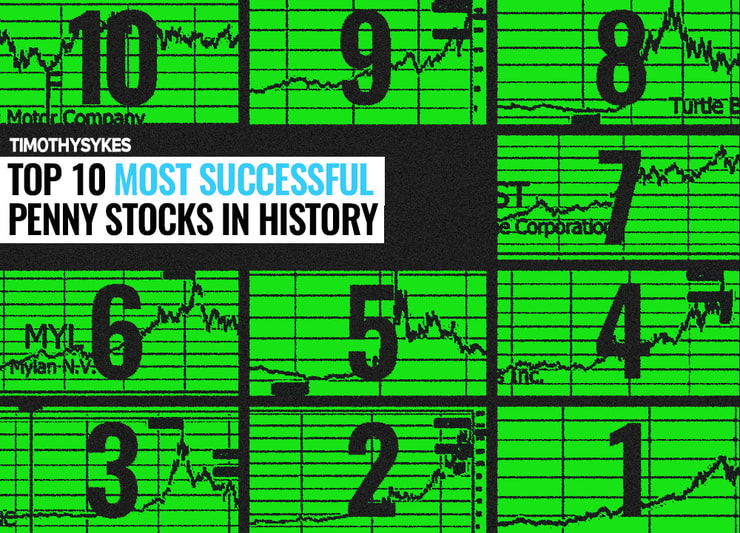Traders who continue to lose money in the market are probably trading the wrong stocks.
Every day, there are perfect runners in the market — low-priced stocks that spike +100% — and most traders completely miss them.
Like Monday’s 120%* runner with FDA news …
Why? Because they:
- Chase the wrong setups.
- Are stuck in the wrong mindset.
- And ignore the repeating patterns that actually work.
In short, they’re uneducated and blinded by greed.
I’ve turned $12,415 into $7.9 million trading these exact setups.
My top student, Jack Kellogg, went from valeting cars to over $20 million in profits — all from trading penny stocks that most people laugh at.
But here’s the truth: These “joke stocks” offer the best opportunities for small traders to grow their accounts with controlled risk — provided they know what to look for.
This blog post will show you:
- How to spot these spikes.
- How to trade the right patterns at the right time.
- And how to stop wasting time on the setups that never pay.
Keep reading — this could be the mindset shift that finally changes your trading forever.
The Strongest Trade Setups
Every day my millionaire students and I look for the same kinds of stocks.
- Spikes above 20%.
- With news.
- With a float below 10 million shares.
- And volume of at least 1 million shares.
Traders can build this scan with most trading software.
Although some won’t offer float data or recent news scans … Use StocksToTrade to ensure that you have the most effective scans.
The combined factors above give us the strongest stock spikes in the market.
And when the stocks shoot up at an insane rate, the price likes to follow specific patterns that develop due to people’s fear and greed.
We’re essentially trading human psychology as it manifests in the stock market.
And we can look at the recent spike from Monday, August 18 as an example.
Monday’s +100% Stock Spike
On Monday morning during premarket hours, a former runner announced an FDA grant for its treatment of Behçet’s disease.
StocksToTrade shows the float was only 3.1 million shares and it traded 1 million shares of volume within the first ten minutes of announcing the news.
The spiked 120%* higher intraday, and it showed multiple opportunities to make gains within the price action.
Look at the chart of Soligenix Inc. (NASDAQ: SNGX) below after the company announced the news. Every candle represents one trading minute:

And that wasn’t the only runner of the day.
- MB bounced 130%* from its insane selloff.
- VTAK spiked 100%* during premarket hours.
- ASBP spiked 140%*.
My students and I see multiple stock spikes every day in this 2025 market.
And they ALL like to follow popular patterns that repeat in the market.
But proper pattern recognition is key … Otherwise traders are buying a highly volatile stock at random. And that’s extremely dangerous.
Use the same patterns that my millionaire students and I use!
Catch the next +100% runner this week.
It’s right around the corner!
Cheers
*Past performance does not indicate future results








Leave a reply